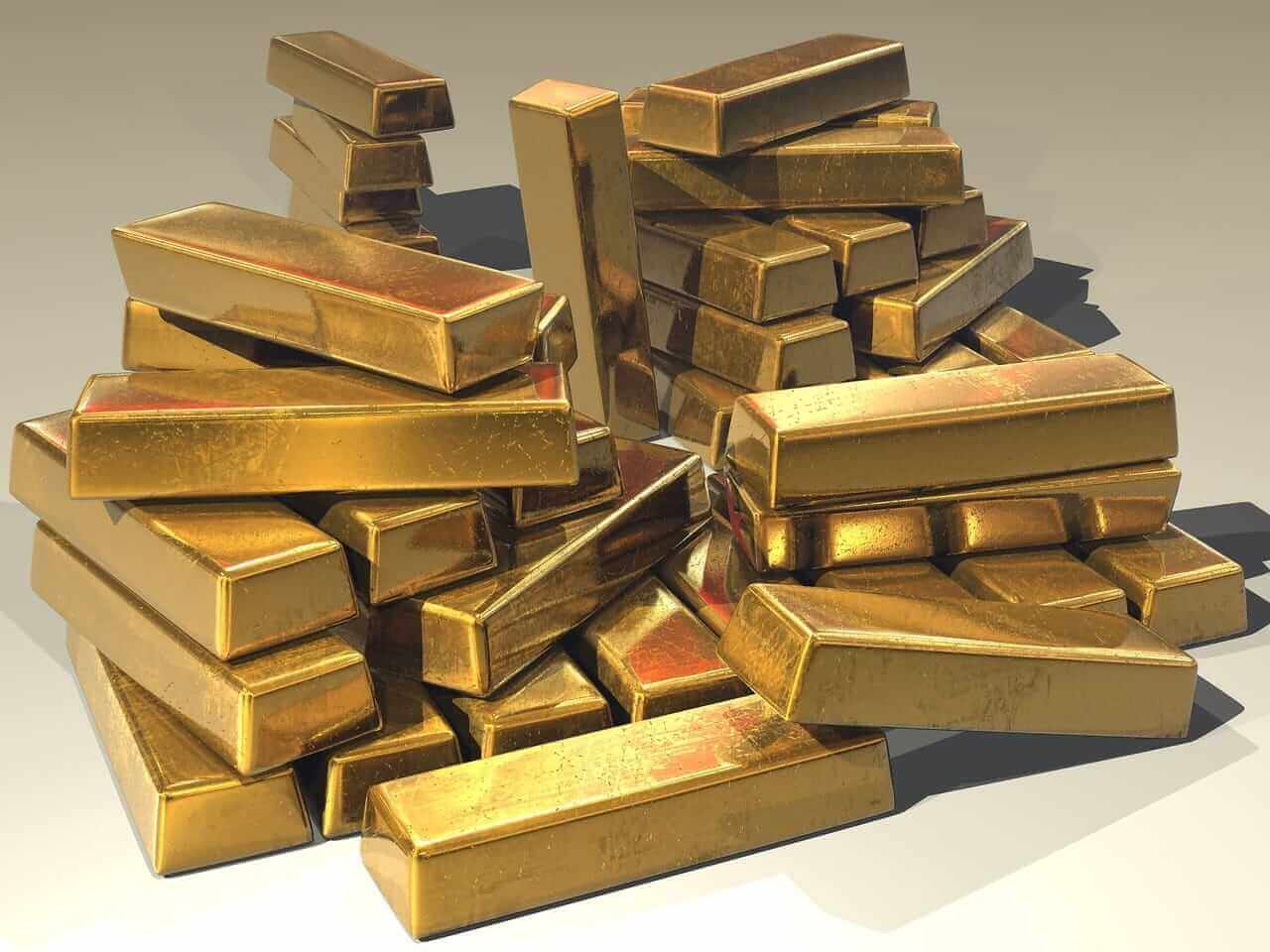
The US dollar index rose by 6.21% in Q2, and the nearby US 30-Year Treasury bond futures declined 8.19% over the period. Over the first six months of 2022, the dollar index gained 9.28%, and the bonds dropped 13.75%, weighing on precious metals prices. A composite of the four precious metals traded on the CME’s COMEX and NYMEX divisions fell 12.91% in Q2 and was 5.43% lower over the first six months of 2022. The price action in Q2 erased the first quarter’s gains.
Gold- New record highs in March and another correction
On March 8, before the end of Q1, August gold futures rose to an all-time high of $2085.20, while the continuous futures contract peaked at $2072 per ounce.

The chart shows the decline in gold that took the leading precious metal 7.47% lower in Q2 to settle at $1803.70 per ounce. Gold was 1.36% lower over the first six months of 2022. In early Q3, the bearish price action continued with gold at the $1765 level on July 5.
Silver underperforms gold- An ugly start to Q3
Silver did worse than gold in Q2. During corrections and bearish periods, silver tends to underperform gold as it did from April through June.

The chart highlights silver’s drop from $27.405 on the September contract on March 8 to $20.282 on June 30 on the continuous futures contract. Silver fell 19.30% in Q2 and was 13.15% lower over the first half of 2022. Silver futures continued to decline in the early days of Q3, with the price probing below $18 per ounce for the first time since July 2020 on July 5.
Platinum group metals drop
Platinum, palladium, and rhodium are precious industrial metals, and all three posted losses in the second quarter.
Rhodium, the metal that only trades on the physical market and has no futures contracts, fell 27.46% in Q2 to settle at the $14,000 per ounce level. Rhodium edged 2.10% lower in the first six months of 2022. Rhodium was even lower on July 5 at a midpoint of $13,550 per ounce.
Nearby NYMEX platinum futures posted a 9.48% loss in Q2 and were 7.02% lower over the first half of 2022. The rare precious metal settled at $898.40 per ounce and was lower at the $850 level on July 5.
Thinly traded and volatile palladium futures fell 15.38% in Q2 and was down only 0.18% over the first half of 2022. September NYMEX palladium futures settled at $1908.70 on June 30 and sat at just over $1900 on July 5. Palladium had traded to a record high of over $3,380 per ounce in early March 2022 before correcting.
Platinum group metals come from South Africa and Russia. While the war in Ukraine and tensions between Russia and the West threaten supplies, platinum group metals moved lower under the weight of rising interest rates, a strong dollar, and weakening economic conditions.
Inflation takes a backseat to the dollar
The highest consumer and producer prices in over four decades, pointing to rising inflation, was not enough to support precious metals prices in Q2 and early Q3. Economic contraction and a hawkish US Federal Reserve caused prices to decline.
The dollar index that measures the US currency against other world foreign exchange instruments rose 6.21% in Q2 and moved 9.28% over the first half of 2022. The dollar index reached a twenty-year high of 105.565 in Q2 and settled at the 104.464 level on June 30.

The chart shows that the dollar index continued to rise in Q3 and reached a new high of 106.580 on July 5. The rising dollar index has been at least one factor pushing precious metals lower. Economic contraction and an increasing interest rate environment have contributed to the price weakness in the precious metals area. Meanwhile, falling liquidity in markets across all asset classes during the summer months could be exacerbating the price declines.
History says the current correction is a buying opportunity
While silver, platinum, and palladium are highly volatile metals that can move to illogical, irrational, and unreasonable levels on the up and downside. Gold is a financial asset as central banks hold the metal as an integral part of foreign currency reserves. Facing sanctions in Q2, Russia backed the rouble with the metal, declaring that 5,000 roubles are exchangeable for one gram of gold. The move pushed the rouble higher against the dollar since March 2022, despite the bullish trend in the US currency against the euro and other reserve currencies.

The chart shows the rally in the rouble that reached the highest level against the US dollar since May 2015 in June before correcting.
Meanwhile, the chart dating back to the late 1990s shows that every correction in gold over the past two decades has been a buying opportunity.

Gold experienced significant corrections after new highs in 2011, 2020, and 2022. On each occasion, buying on price weakness led to gains as the bull market found bottoms and climbed to a new all-time peak.
Picking bottoms in any market is a dangerous game. Precious metals have moved in Q3 in bearish trends, but the odds favor eventual bottoms and higher highs over the coming months and years.
More Metals News from Barchart




/A%20Lucid%20Motors%20vehicle%20parked%20in%20front%20of%20a%20showroom_%20Image%20by%20Michael%20Berlfein%20via%20Shutterstock_.jpg)
/EV%20charging%20spot%20by%20Patpitchaya%20via%20iStock.jpg)
/A%20Palantir%20office%20building%20in%20Tokyo_%20Image%20by%20Hiroshi-Mori-Stock%20via%20Shutterstock_.jpg)
